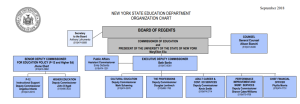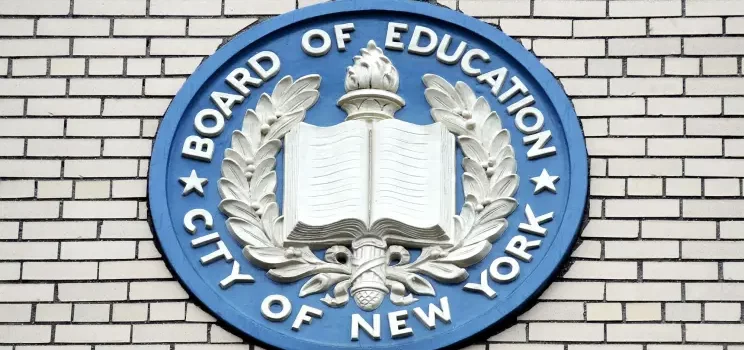
Introduction
The New York State Department of Education Office of the Attorney General OAG and the New York State Board of Regents Board or SED write to inform Local Education Agencies LEA of their obligation to place dignity, inclusion, and respect at the center of their educational decisions. These principles, embedded in law, are the wellspring from which sound decisions of educational policy flow.
Through this joint guidance, the OAG and SED reaffirm New York’s commitment to ensuring that all students have full educational opportunity by supporting LEAs’ development and implementation of policies and practices that advance the principles of diversity, equity, and inclusion DEI. State and federal laws prohibit discrimination in covered educational institutions on the basis of race, color, national origin, disability, sex, religion, sexual orientation, gender identity or expression, military status, age, or marital status.
Discrimination and their harmful effects

Many of these laws require LEAs to take affirmative steps to identify and remedy such instances of discrimination and their harmful effects on educational opportunity for all students. Failure to evaluate, monitor, and revise as appropriate, policies, procedures, and curricular choices may violate an LEA’s obligations under federal and state law. Two state policies the Dignity for All Students Act Dignity Act and the Board of Regents’ DEI prolicide serve special attention. The Dignity Act took effect on July 1, 2012 and requires that public schools “foster civility in public schools” by creating a school environment where students are free to learn without fear of discrimination, harassment, or intimidation.
New York State Department of Education Law about citizenship and character education
It also amended Section 801-a of New York State Education Law regarding instruction in civility, citizenship, and character education by expanding the concepts of tolerance, respect for others, and dignity. This includes an awareness and sensitivity in the relations of people, including different races, weights, national origins, ethnic groups, religions, religious practices, mental or physical abilities, sexual orientations, gender identities, and sexes. The Dignity Act was amended in 2021 to include that discrimination based on race includes discrimination based on hairstyles and traits associated with race. In May 2021, the Board adopted a robust DEI policy.
New York State Department of Education with Publication of a DEI framework
This followed the publication of a DEI framework, in which the Board stated that it is important for the Board to establish and communicate to all New Yorkers its beliefs and expectations for all students especially at pivotal moments in history. In its policy, the Board adopted definitions of diversity equity and inclusion developed by the University of California, Berkley Center for Equity, Inclusion and Diversity and the University of Houston’s Center for Diversity and Inclusion. The Board also articulated its expectation “that all school districts and institutions of higher education would develop and implement policies and practices that advance diversity, equity, and inclusion ‘DEI ‘and that they will implement such policies and practices with fidelity and urgency.
New York State Department of Education Making Three crucial examples

Public schools cannot meet their legal obligations unless they place DEI at the center of their work. Three crucial examples are identified below:
(1) teaching and learning
(2) student discipline
(3) addressing bullying and harassment.
Conclusion
In summary, effective teaching and learning are interdependent processes that require collaboration, adaptability, and a commitment to ongoing improvement. By fostering environments conducive to exploration, discovery, and growth, educators can empower learners to realize their full potential and become active contributors to society. Ensure teaching and learning reflect principles of diversity, equity, and inclusion and provide opportunities for all students to make educational progress. The Board of Regents is committed to students in New York receiving the best instruction possible.
As explained in the Board’s policy statement, LEAs should a dress the need for inclusive and culturally responsive teaching and learning, including but not limited to curricula in all content areas; books and instructional materials; pedagogical practices and professional development; classroom grouping policies and practices; student support systems for all developmental pathways; full and equitable opportunities to learn for all students; and multiple assessment measures.” Such teaching and learning should, among other things, avoid the danger of a single story,” and “create opportunities for all students to learn from multiple perspectives.










